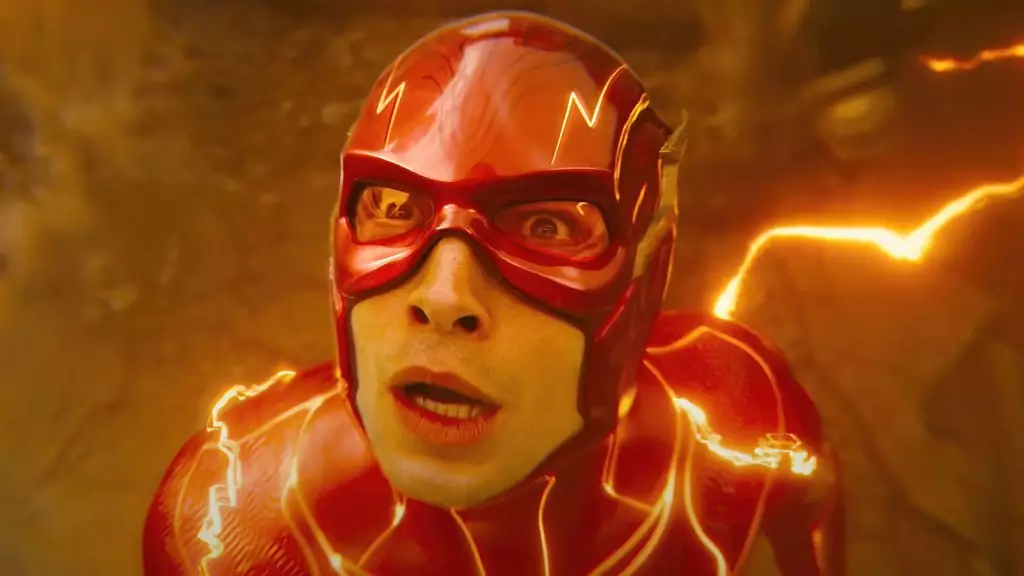In a frank discussion about the cinematic misfire that is The Flash, director Andy Muschietti has provided insights into the intricate web of factors that led to the film’s disappointing box office performance. Muschietti’s reflections open up an essential dialogue on how the alignment of a film’s vision with its target audience can significantly influence its success. He asserts that the film failed to resonate with “all four quadrants,” a term used to describe the demographic segments that studios aim to capture: men, women, younger audiences, and older viewers. Muschietti’s observation underscores a critical misstep in the marketing and storytelling of The Flash, suggesting that the film fell short of universal appeal that is often a prerequisite for blockbuster status.
Furthermore, the director’s comments regarding the gender demographics illuminate another layer of audience disconnect. He noted that a significant portion of potential viewers, specifically women, demonstrated a lack of interest in the character of The Flash. This revelation invites scrutiny into the character’s relatability and the storytelling approach taken in the film. Unlike more universally appealing superheroes, such as Wonder Woman or Spider-Man, The Flash may not engender the same level of emotional investment across diverse audience segments, highlighting the need for more inclusive and relatable narratives in superhero cinema.
The Impact of External Circumstances
Adding to the discussion on audience reception, Muschietti also pointed to the “PR crisis” surrounding lead actor Ezra Miller as a disruptive force. The director acknowledged that external factors, such as an actor’s off-screen behavior and public image, can negatively impact a film’s reception. This complexity reinforces the idea that a film’s success is not solely reliant on its artistic execution but also on the broader context in which it is released. Indeed, Miller’s struggles undoubtedly contributed to a negative public perception, which may have deterred potential viewers from flocking to theaters.
While Muschietti expressed satisfaction with the film itself, calling it his best work yet, he is also aware of the broader implications of Miller’s situation. Such challenges remind us that in the entertainment industry, a myriad of variables plays into a film’s success or failure. A director can create a compelling narrative and showcase brilliant performances; however, when external issues arise, they can overshadow the art itself, leading to unforeseen repercussions.
A Look Towards the Future
Despite the setbacks experienced with The Flash, Muschietti remains optimistic about his future in the superhero genre. With James Gunn and Peter Safran at the helm of a new DC Universe, Muschietti is set to direct The Brave and the Bold, bringing Batman and his son, Damien Wayne, to life on screen. This transition speaks to the cyclical nature of Hollywood, where every setback can potentially lead to new opportunities. It will be interesting to see how Muschietti applies the lessons learned from The Flash to this new project, perhaps opting for a narrative structure that ensures a more inclusive appeal and deeper character engagement.
In sum, The Flash serves as a case study in the complex interplay of audience engagement, public perception, and external factors that influence a film’s commercial success. As the industry evolves, filmmakers must navigate these challenges to craft stories that resonate across diverse audience segments, ensuring that they don’t just create art, but art that people want to see.
